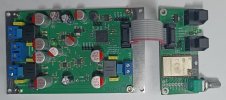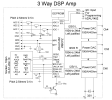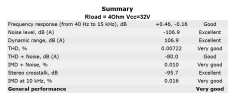- Thread Starter
- #41
i was just writing while you whereYou are still not telling us the necessary details about your goal/problem, so we can only guess, which is quite annoying and wastes our time and you may miss a much better solution.
What is the initial situation, where do you want to go, what is the source and which devices/speakers are involved?
i apreciate your advice and knowledge.
when starting the thread i was really just aiming more for a overview of whats on the market and whats possible in regards of active crossovers.
while later i havent asked for to keep it focused on the thread title to not spread too much confusion.





